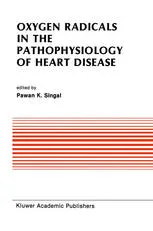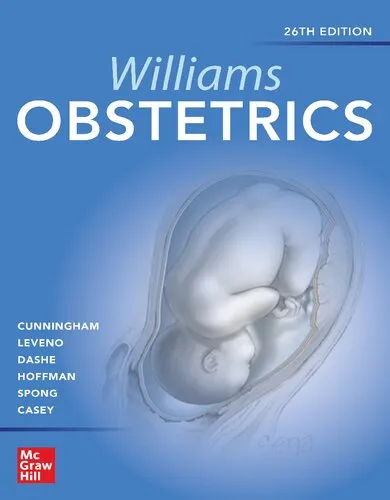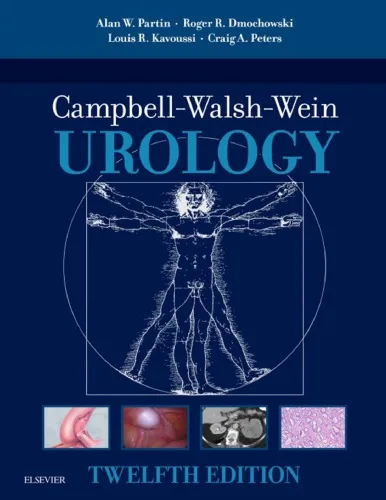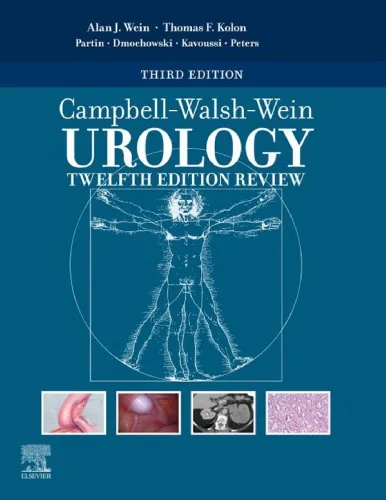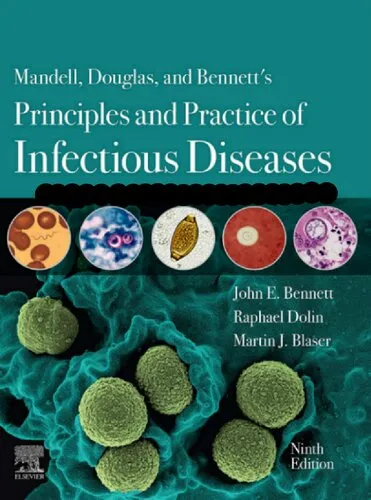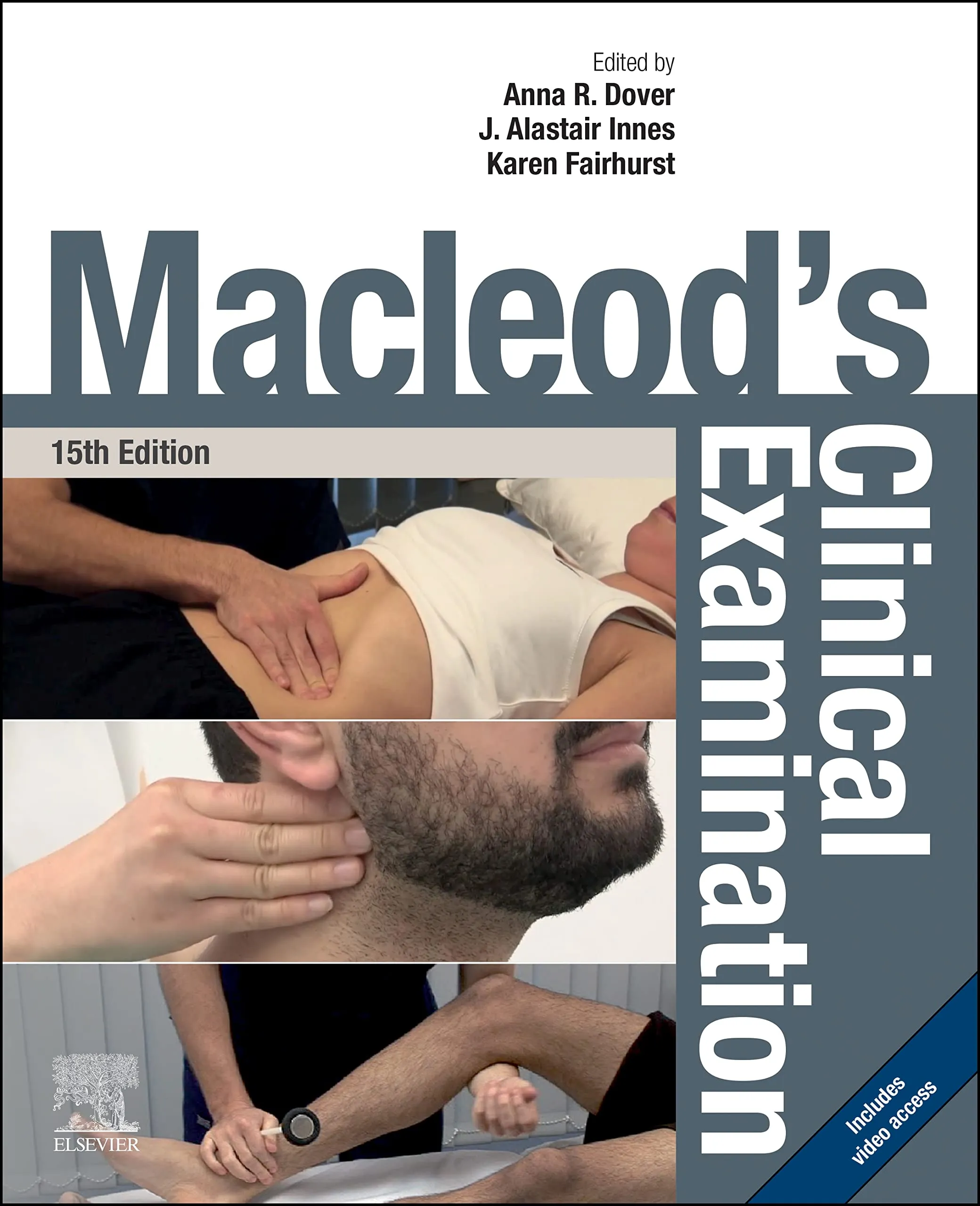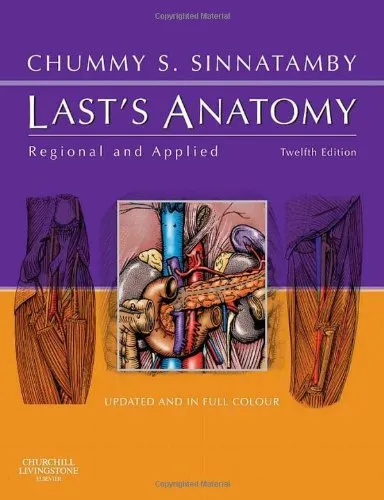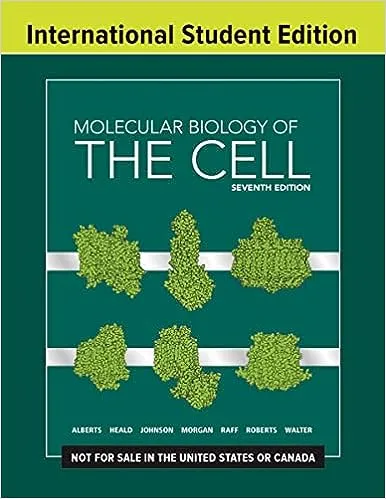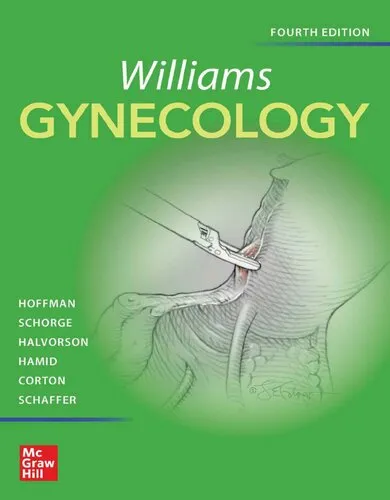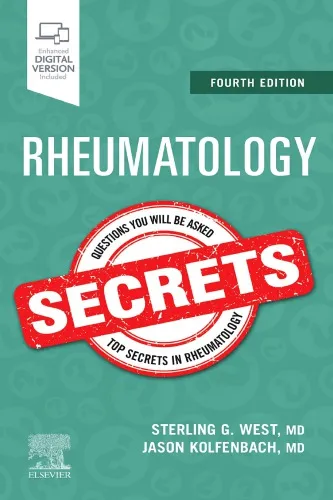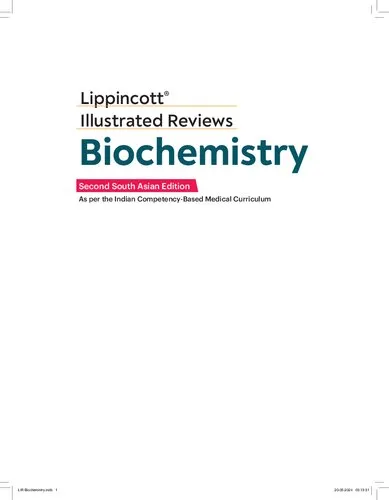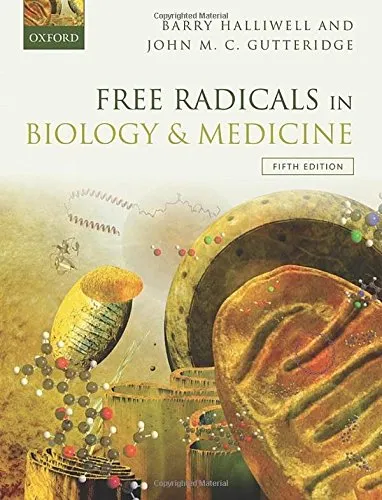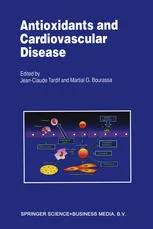Oxygen Radicals in the Pathophysiology of Heart Disease
4.0
Reviews from our users

You Can Ask your questions from this book's AI after Login
Each download or ask from book AI costs 2 points. To earn more free points, please visit the Points Guide Page and complete some valuable actions.Related Refrences:
Introduction to Oxygen Radicals in the Pathophysiology of Heart Disease
In an era marked by significant advancements in medical science and cardiovascular research, understanding the role of oxidative stress in heart disease has become increasingly pivotal. "Oxygen Radicals in the Pathophysiology of Heart Disease" delves into the complex mechanisms by which oxygen radicals, or reactive oxygen species (ROS), impact cardiac function, contributing to the pathophysiology of various heart diseases.
Detailed Summary of the Book
The book offers a comprehensive exploration of the relationship between oxidative stress and heart disease. Edited by Pawan K. Singal, a leading figure in cardiovascular research, the book compiles insights from top scientists and clinicians to investigate how oxygen radicals influence cardiovascular health. It presents foundational knowledge about free radicals and elucidates on how these reactive molecules contribute to pathological conditions in the heart, including ischemia-reperfusion injury, cardiomyopathy, and the progression of atherosclerosis. By combining basic scientific research with clinical observations, the book bridges the gap between experimental and applied medical science.
Key Takeaways
- Understanding ROS: The book provides an in-depth look at reactive oxygen species, their formation, and their dual role as signaling molecules and agents of cellular damage.
- Mechanism of Injury: It discusses the pathways through which oxidative stress contributes to cardiac cellular injury, influencing heart failure and other cardiopathies.
- Therapeutic Implications: Insight into potential therapeutic strategies to mitigate oxidative stress in heart disease forms a crucial component of the book, offering a glimmer of hope for novel treatment modalities.
- Interdisciplinary Approach: Integration of knowledge from molecular biology, physiology, and clinical science is emphasized to provide a holistic view of heart disease research.
Famous Quotes from the Book
"The heart, though resilient in its nature, is acutely sensitive to the imbalances introduced by oxidative stress."
"Intervening in oxidative pathways offers not just a treatment plan, but a resurrection of cardiac health."
Why This Book Matters
This book is a crucial piece of the puzzle in understanding heart diseases, given the rising prevalence of cardiovascular conditions globally. By highlighting the significance of oxygen radicals, the book sheds light on an underexplored area of cardiology that holds promise for innovative therapeutic approaches. Given its detailed analysis and scientific rigor, it serves as an essential resource for researchers, clinicians, and students keen on deciphering the oxidative pathways and their impact on cardiac health.
The insights provided can drive future research initiatives and influence clinical practices, ensuring that emerging treatments address the oxidative components of heart disease. Understanding these intricate interactions will not only further scientific knowledge but potentially lead to significant breakthroughs in patient management and care.
Free Direct Download
You Can Download this book after Login
Accessing books through legal platforms and public libraries not only supports the rights of authors and publishers but also contributes to the sustainability of reading culture. Before downloading, please take a moment to consider these options.
Find this book on other platforms:
WorldCat helps you find books in libraries worldwide.
See ratings, reviews, and discussions on Goodreads.
Find and buy rare or used books on AbeBooks.
1448
بازدید4.0
امتیاز0
نظر98%
رضایتReviews:
4.0
Based on 0 users review
Questions & Answers
Ask questions about this book or help others by answering
No questions yet. Be the first to ask!
